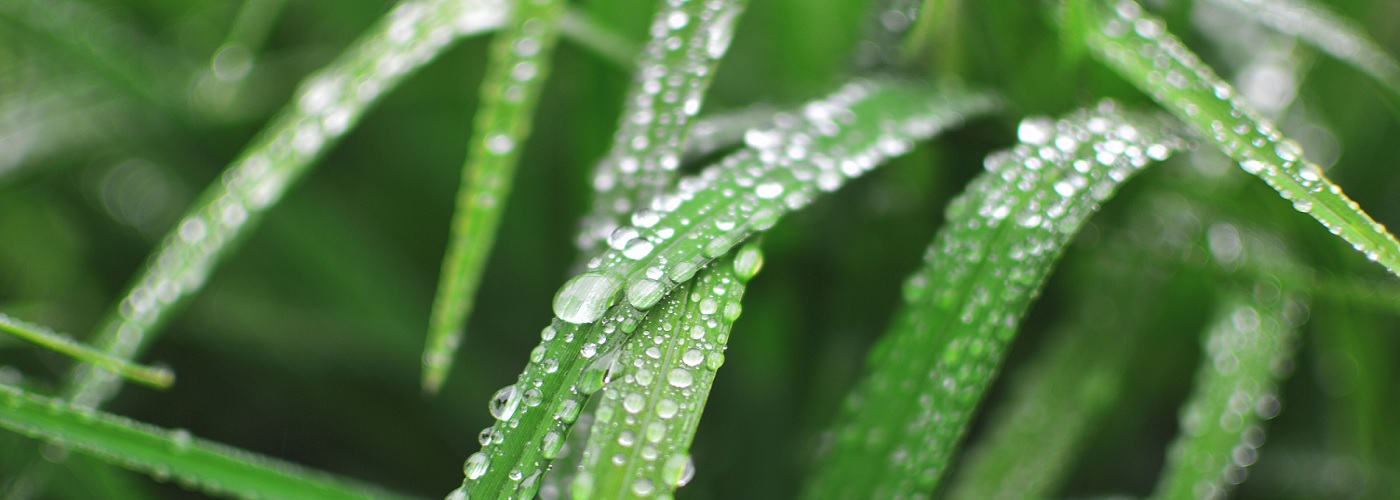

As we head further into the summer, warm and humid days continue to be the rule rather than the exception across much of the lower 48. When checking the current weather conditions, it is helpful to have the ability to quickly diagnose how humid it is before even heading outside. The two terms that describe humidity are "relative humidity" and "dew point." Relative humidity is measured as a percentage and the dew point is given as a temperature. Let's look at which measurement gives you the best snapshot of comfort and also look into the science of why it becomes humid.
In order to diagnose how humid it will feel outdoors, the dew point is what you want to keep in mind. This gives the best measure of comfort or discomfort on any given day. The dew point temperature tells us the absolute quantity of moisture that is in the air, thereby indicating how humid it will feel outside to our bodies. On the other hand, relative humidity only tells us how saturated the air is compared to how much it can hold. As the air temperature rises, the air gains more capacity to store humidity in it. The closer the dew point is to the temperature, the higher the relative humidity. Anytime the dew point is equal to the air temperature, 100% relative humidity is achieved. This can mislead people to think it is humid, when it may actually be quite comfortable. High relative humidity levels that occur when air temperatures are below 60 will still feel comfortable due to the fact that the air can't hold much moisture when the temperature is that cool. This makes relative humidity a poor judge of how it will feel outside. That is just one more reason to pay more attention to the dew point. Dew point readings in the 50s and lower are considered comfortable. Meanwhile, when the dew point climbs into the 60s, it will start to feel humid. Dew points of 70 or greater are considered tropical and very uncomfortable, as our bodies have a difficult time cooling themselves.
If you have ever wondered why it becomes humid, one has to look for the source of atmospheric moisture. The main source of atmospheric moisture comes from warm bodies of water. In the US, the Gulf of Mexico is the primary source of humidity. The 80 degree waters of the Gulf of Mexico results in a very humid air mass that sits over the tropical body of water. When this humid air is allowed to flow northward across the country, humid, tropical air masses migrate inland. Moisture from the Gulf of Mexico can travel all the way up into much of eastern Canada at times. The second source of humidity is more local, and it arrives in a process called "evapotranspiration." This flashy word basically accounts for moisture that evaporates into the atmosphere from plants and soil. This contributes much less to humidity levels compared to what comes off warm bodies of water, like the Gulf of Mexico. However, when there is a high level of saturation in the soil, this can up the dew point several degrees.
If you are curious as to what part of the world sees the highest levels of humidity, one must find where the hottest, large body of water on the planet is located. The hottest large body of water on Earth is the Persian Gulf, which has an average water temperature of 90 degrees F; this results in 90 degree or greater dew point temperatures for countries that border the Persian Gulf. The highest dew point ever recorded on Earth was 95 in Dhahran, Saudi Arabia! This occurred back on July 8th, 2003. Just thinking of that turns me into a puddle.
